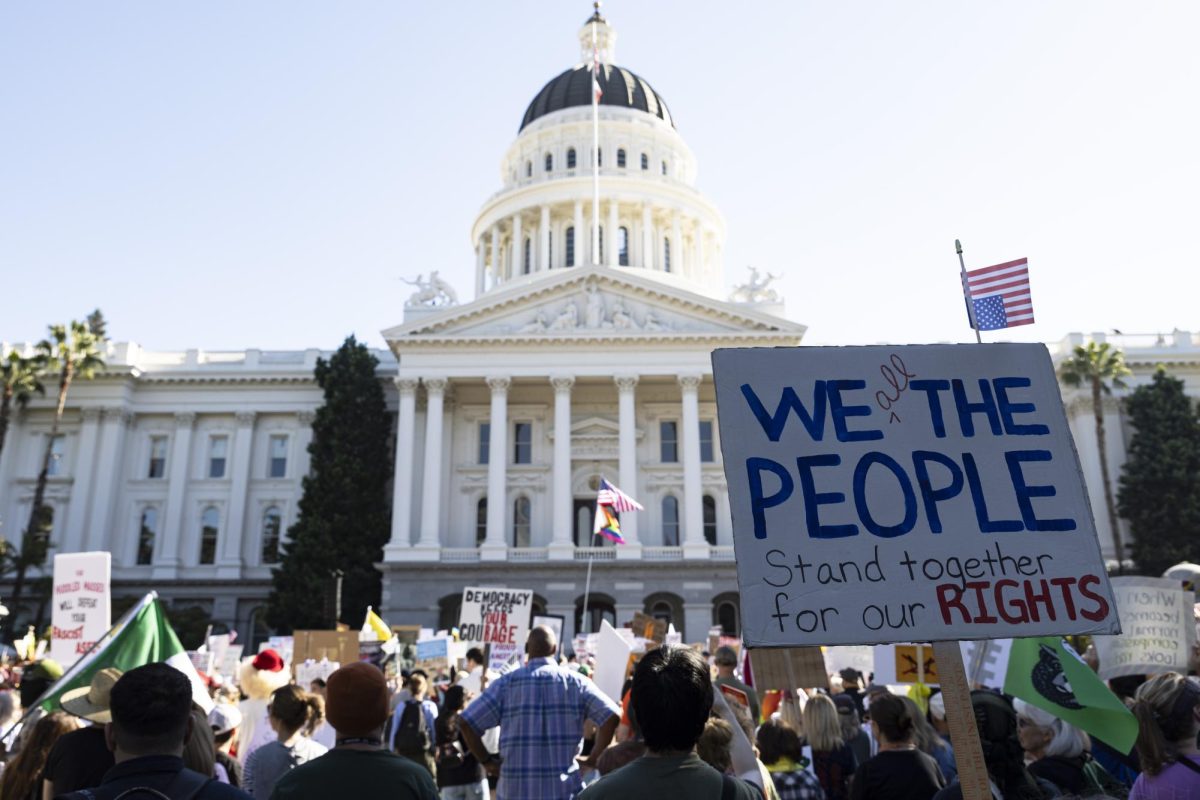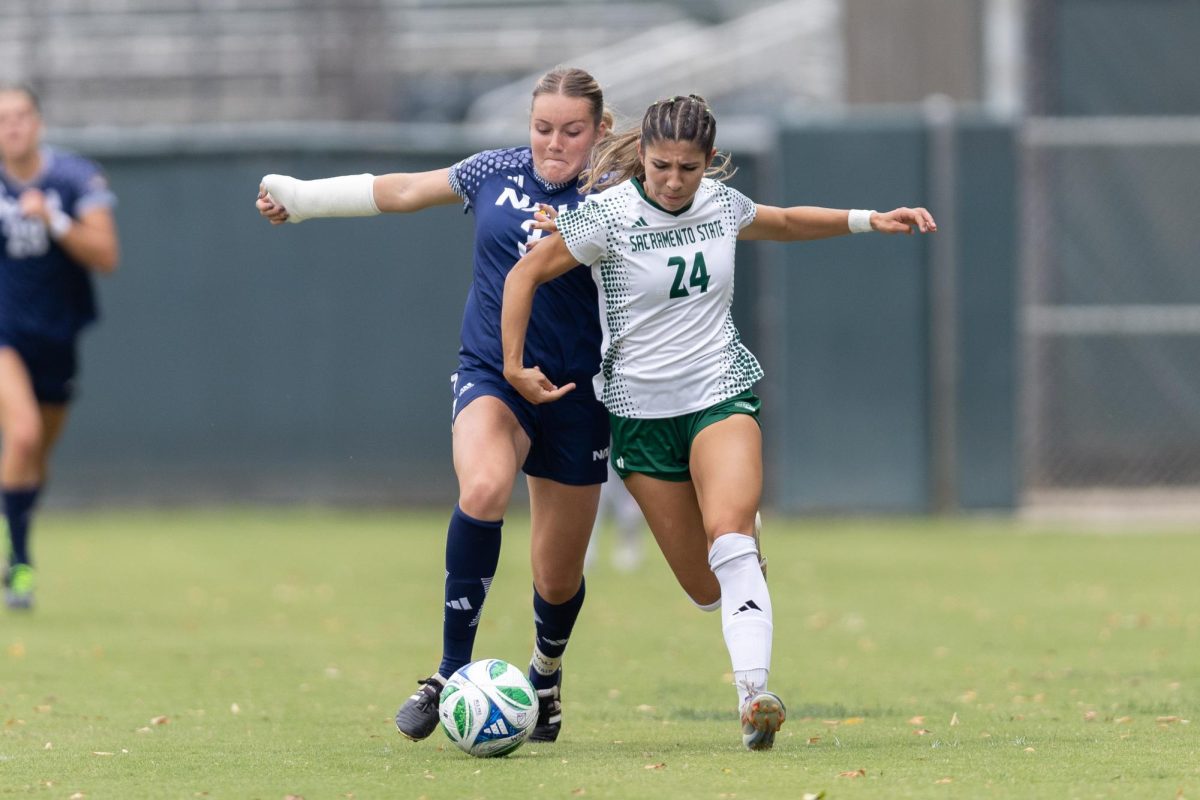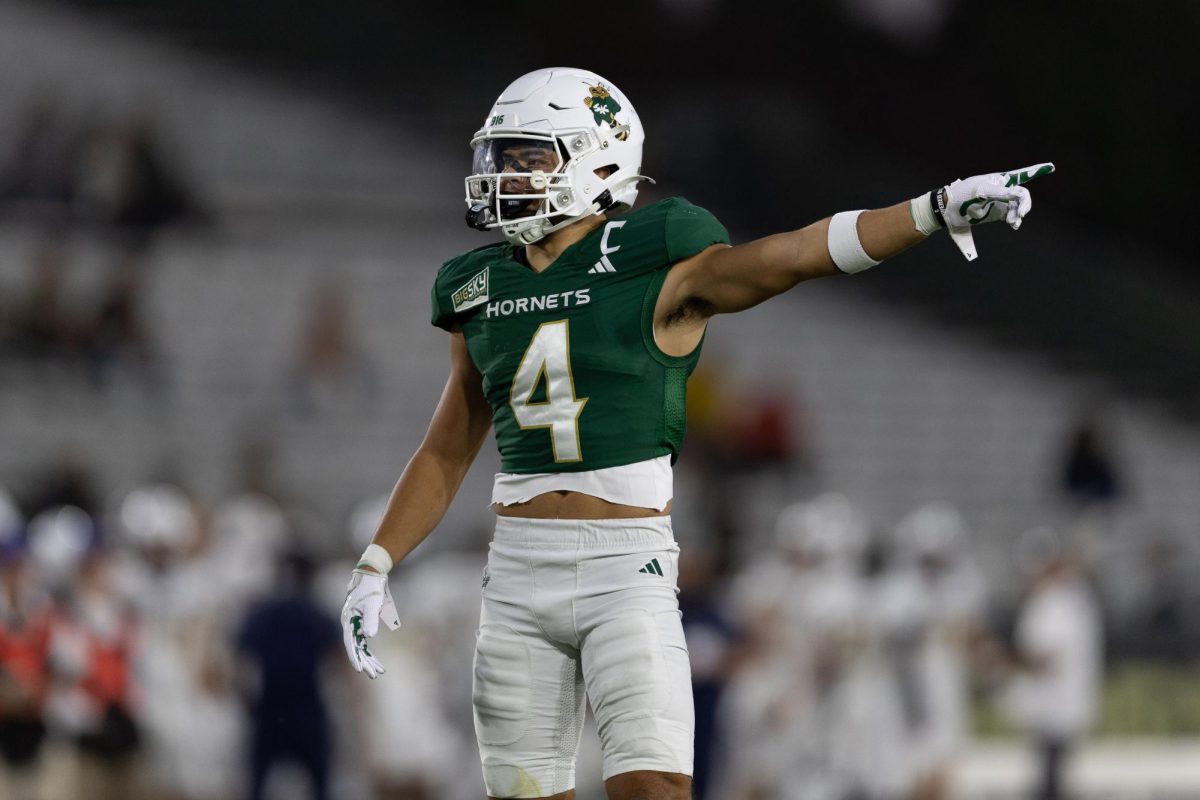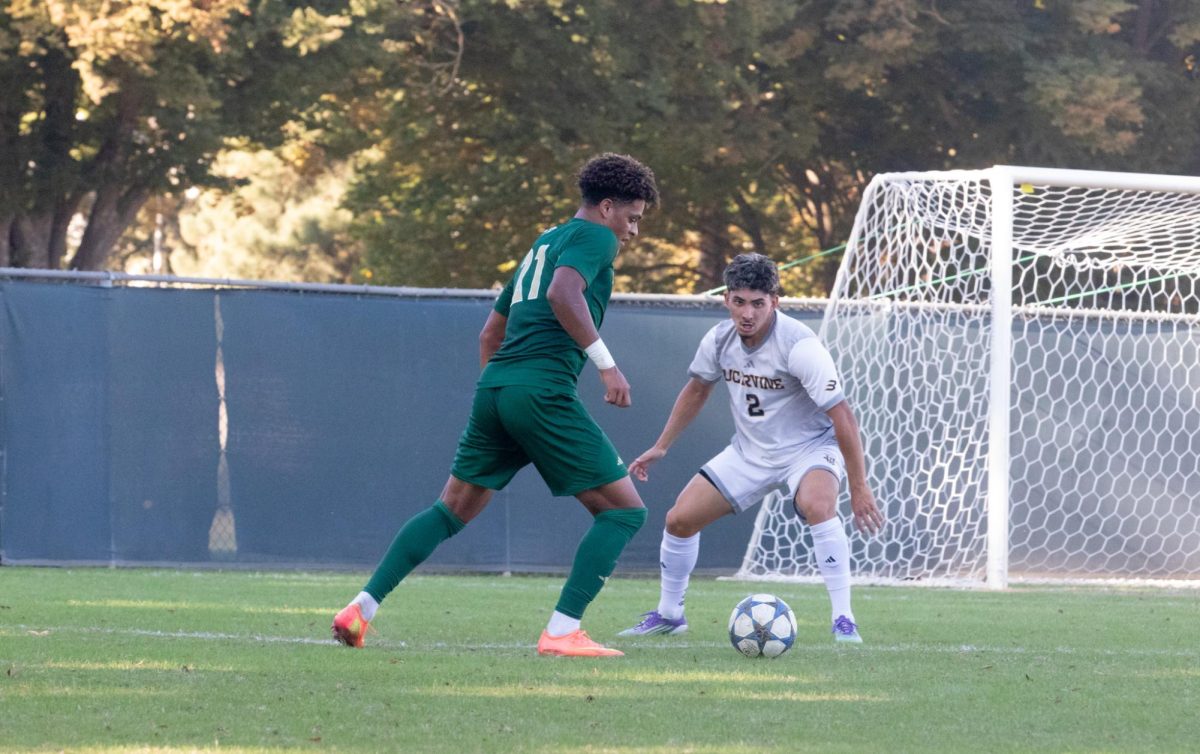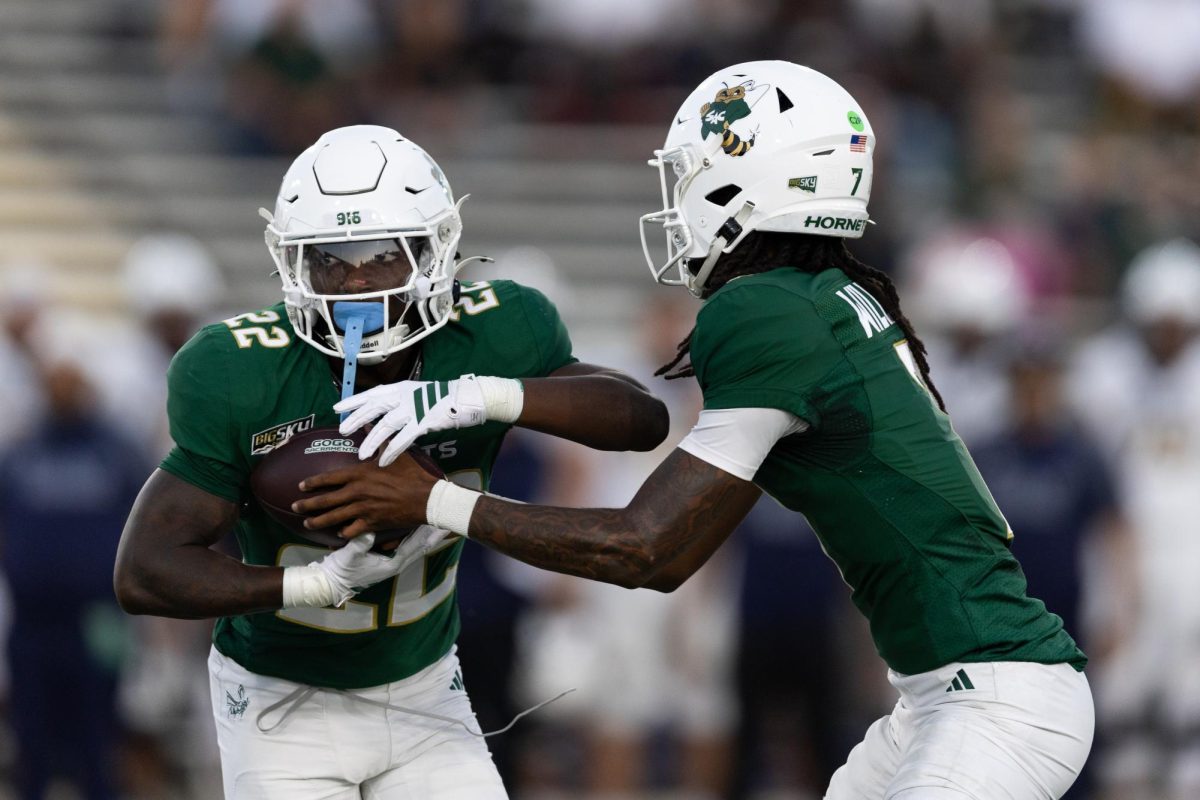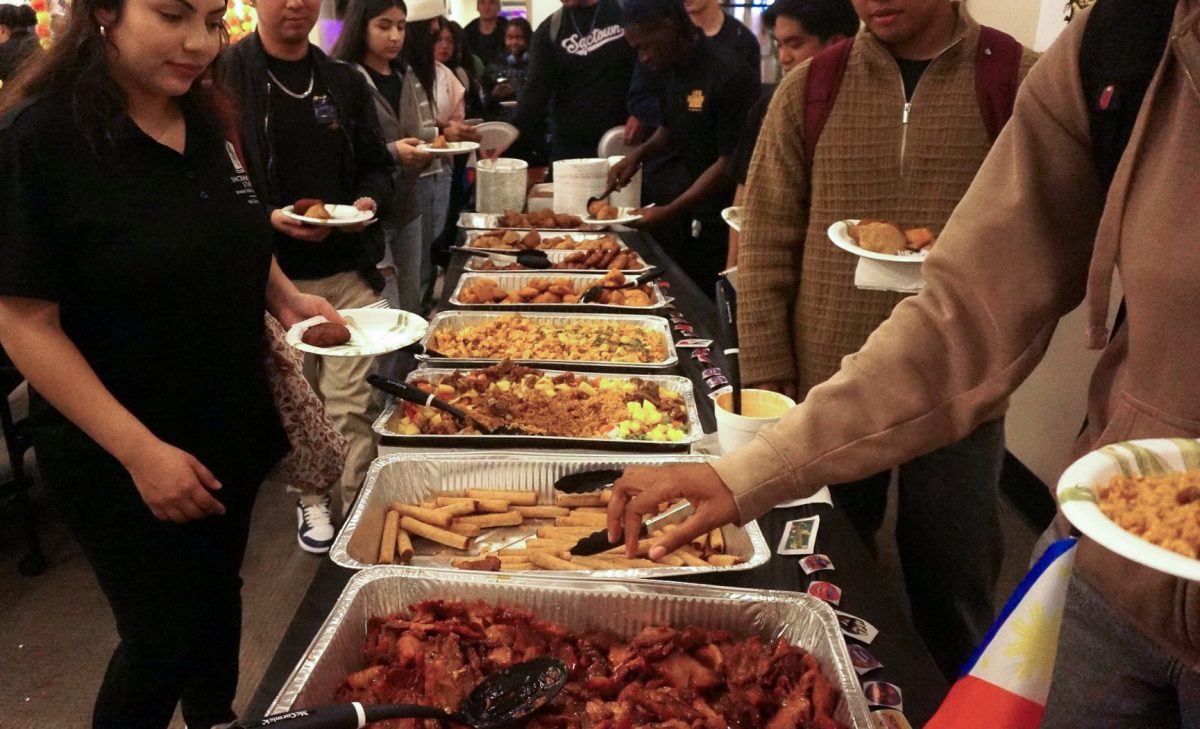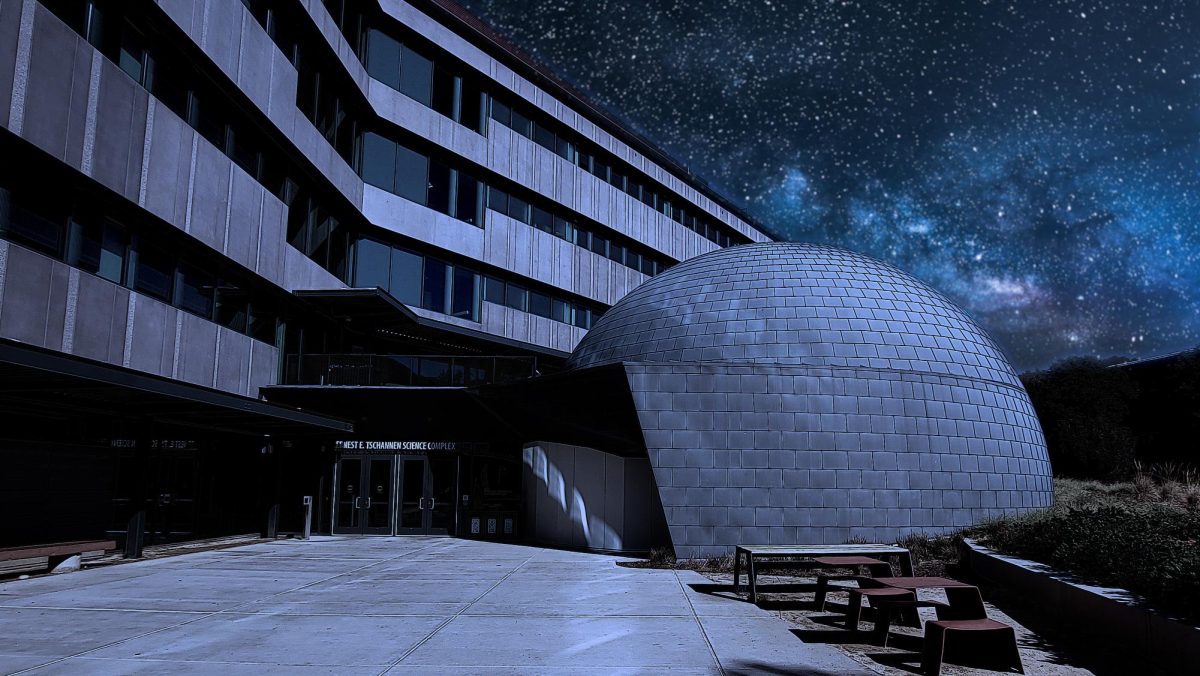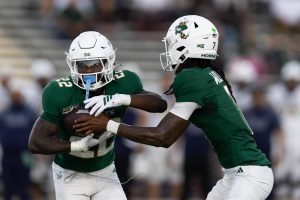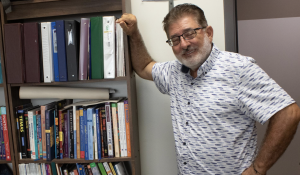Geology Club hopes to raise $8,000 at auction
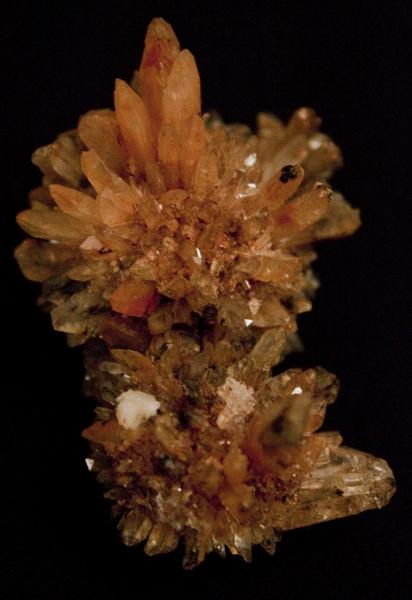
Creedite:Sacramento State Geology faculty donated this Creedite mineral, which originated in Durango, Mexico. Sac States’ Geology Club will hold its seventh annual rock auction on Friday at 6p.m. in the University Alumni Center.:Mayra Romero – State Hornet
November 16, 2010
Members of Sacramento State’s Geology Club will auction off a variety of rocks, fossils and minerals Friday to raise $8,000 for the geology department.
The seventh annual rock auction, which will feature 240 rocks, fossils and minerals, will be from 6 to 9 p.m. in the Alumni Center. About 500 Sac State students, alumni, faculty, staff and community members are expected to attend.
“Us rock nerds really geek out,” said senior geology major Michael Sekigahama, the club’s vice president.
Funds will help subsidize fees for geology field courses that range from $75 to $150, and students’ field trip fees.
In the field courses, students travel to places such as the east side of the Sierra Nevada and conduct hands-on activities where they map the geology of an area, said David Evans, auctioneer and chair of the geology department.
To give back to the community, funds will provide resources for geology studies in local elementary schools. Funds will be used to buy materials to create rock boxes for the schools.
The rock boxes will contain 15 to 20 igneous, metamorphic and sedimentary rocks, such as granite, sandstone, slate, quartz and feldspar, Evans said.
“There are several samples of each kind, so the students can be really hands on,” said Robin Wham, Sac State alumna and auction coordinator.
The schools that will receive the rock boxes are currently unknown. In the spring semester, the department will have more information on how many schools will receive rock boxes, said senior geology major Candice Houghton, secretary of the Geology Club.
Even though the funds raised every year help geology students, Wham said the biggest benefit of the auction is the standing it gives the geology department.
“It’s about how can we make the event the best possible event it can be,” said senior geology major Katy O’Donnell, the Geology Club’s president. “(It’s about) how can we present ourselves in the best way to our donors in the hopes that they will want to come back and interact with our department.”
Items are donated by firms, rock shops, rock and mineral specialists, past attendees and Sac State alumni.
Fossils that will be auctioned off include: fossilized corrals, trilobites and ammonites. Two of the minerals include creedite, a colorless, transparent mineral, and rosasite, a brittle, translucent blue mineral.
Wham said there is something for everyone because the prices of items vary. She said the 220 silent auction items go up in $1 increments and in the past the highest silent auction item went for $275 and the lowest one went for $2.
Some of the items auctioned are for everyday use, such as polished petrified wood book ends and a 500-million-year-old trilobite fossil necklace.
Wham said because two silent auction tables close every 20 minutes, the event is action-packed as bidders try to outbid one another.
During the live auction, auctioneer Evans said the room will be silent until the item is sold; then the audience applauds.
When Evans is auctioning an item and the bidding slows down, Evans said he tries to bring people’s interests to an item by showcasing its “healing” powers, such as being able to promote peace and mind and adding detail on the item’s mineralogy.
“I like to have fun with it,” he said. “It’s the highlight of my year.”
In a previous year, the bidding for a geode rock began to slow down, Evans recalled. So he said the geode rock was large enough to hold a Thanksgiving turkey. Following this comment, the bidding began to pick back up.
At one point during the live auction, Evans will randomly select one item during the night that will go up in price by prime numbers.
This semester, Sac State President Alexander Gonzalez will be a guest auctioneer for the first time.
Wham said he will auction off a “green and gold” item. Wham said the item will not be known to the public until the event.
There will also be a kids table, which will consist of games and prizes. Specifics for the kids table are still being worked on, O’Donnell said.
Before the rock auction began in 2003, the geology department raised money through a bake sale.
The event was changed to a rock auction because rocks, minerals and fossils are parallel to the geology students’ studies.
“(The rock action) is unique,” Wham said. “I don’t think there’s an event like this where there is a combination of silent and live and where the students manage it.”
Michelle Curtis can be reached at [email protected].




